Pending Battery Armageddon Ready to Doom Future EV Production

Practically every major manufacturer is touting electric cars as the future of automobiles. There’s good reason to believe them.
With few exceptions, automakers are aggressively pushing toward battery driven vehicles to meet ever more stringent regulatory demands. Several brands plan on fleet-wide electrification within a few years and a handful already snub internal combustion engines entirely. But there may be a massive problem on the horizon ready to handicap the greener future many of us were prepared to embrace.
Volkswagen, a company that has been promoting its own electric revolution in the wake of its diesel emission fiasco, is anticipating a serious lithium-ion battery shortage by 2025. Based on targets of achieving 25 percent of Volkswagen’s total volume from electric vehicles in 10 years, Ulrich Eichhorn, VW’s head of research and development, dramatically increased projections made 13 months ago.
Previous estimates from the company had the number set at 150 gigawatt-hours of electricity.
“We will need more than 200 gigawatt-hours,” Eichhorn stated on June 30th during a presentation at Volkswagen’s proving grounds north of Wolfsburg.
In June of 2016, CEO Matthias Mueller anticipated the need of sourcing batteries at an accelerated rate in order to meet projected demands. Yet it’s becoming less clear as to where those cells will be coming from.
According to Automotive News Europe, Volkswagen believes if every major manufacturer targeted a 25 percent of sales volume from battery-electric vehicles in 2025, the industry would need a supply of more than 1.5 terawatt-hours — an estimate which includes purely electric vehicles, hybrids, and mild hybrids. Producing an adequate supply to facilitate EV production would require more than 40 Tesla gigafactories worth of annual capacity, meaning the industry is going to have to get seriously busy in the next few years.
“That’s the demand we’ve extrapolated assuming other OEMs have a similar target,” said Volkswagen Group researcher Linda Brinkhaus.
In a recent tweet from managing director of Benchmark Mineral Intelligence Simon Moores, responding to Volkswagen’s claim, there are 16 lithium-ion battery megafactories in the pipeline already — accounting for an estimated 232 gigawatt-hours. He surmises that the industry would need to throw another $5 billion at the problem to be in a more comfortable position by 2025.
While not every automaker has been quite as ambitious as Volkswagen with its EV volume goals as, practically every single automaker operating on a global level anticipates scaling up EV production in the years to come. But even more modest targets will require suppliers to come out of the woodwork to source enough batteries for manufacturers before 2025.
German supplier Bosch has been considering what to do about the problem for some time, but likely won’t make up its mind before 2018. “We are in the middle of development work. That means we are producing new results every week,” Bosch Mobility Solutions chief Rolf Bulander told Automotive News Europe last week.
Those results cannot come quickly enough. Constructing battery plants doesn’t happen overnight and, with cell technology advancing so swiftly, no supplier wants to rush into a costly endeavor only to find there was a superior solution right around the corner.
Many automakers, including Volkswagen, are looking at energy-dense cell technology that could alleviate some of the forthcoming volume needs. In the case of Volkswagen, engineers are considering lithium sulphur or lithium air chemistry to raise charge capacity, improve safety, and extend battery lifespan. But Eichhorn predicts it could be 15 years before either technology is commercially available.
Nevertheless, Volkswagen says it remains committed to its electrification goal of 25 percent by 2025, largely on ethical grounds. Eichhorn even posited an alternative history where the oil boom never happened and internal combustion engines never overtook battery-powered vehicles in the marketplace.
“If the technologies had been reversed, it would be hard to conceive an engineer now successfully proposing that combustion engines replace electric cars,” Eichhorn said. “Imagine that person would say, ‘Rather than having maximum torque available from the start like an electric car, it had to ramp up over time.’ Imagine he then said it involved a device where thousands of tiny explosions occur every minute using a toxic and highly flammable liquid that had to be stored in the vehicle somewhere. And then imagine him saying that this fuel came almost entirely from crisis regions. What do you think his boss might have said to him?”
He might mention that the majority of the electric current came from 20th century coal-fired power stations and noted the precious metals found in most batteries also came crisis regions. Then he would have asked him to shut-up and figure out a way to solve the upcoming battery supply problem before it ruined the company’s future plans.
[Image: Volkswagen Group]

A staunch consumer advocate tracking industry trends and regulation. Before joining TTAC, Matt spent a decade working for marketing and research firms based in NYC. Clients included several of the world’s largest automakers, global tire brands, and aftermarket part suppliers. Dissatisfied with the corporate world and resentful of having to wear suits everyday, he pivoted to writing about cars. Since then, that man has become an ardent supporter of the right-to-repair movement, been interviewed on the auto industry by national radio broadcasts, driven more rental cars than anyone ever should, participated in amateur rallying events, and received the requisite minimum training as sanctioned by the SCCA. Handy with a wrench, Matt grew up surrounded by Detroit auto workers and managed to get a pizza delivery job before he was legally eligible. He later found himself driving box trucks through Manhattan, guaranteeing future sympathy for actual truckers. He continues to conduct research pertaining to the automotive sector as an independent contractor and has since moved back to his native Michigan, closer to where the cars are born. A contrarian, Matt claims to prefer understeer — stating that front and all-wheel drive vehicles cater best to his driving style.
More by Matt Posky
Latest Car Reviews
Read moreLatest Product Reviews
Read moreRecent Comments
- Oberkanone The alternative is a more expensive SUV. Yes, it will be missed.
- Ajla I did like this one.
- Zerofoo No, I won't miss this Chevrolet Malibu. It's a completely forgettable car. Who in their right mind would choose this over a V8 powered charger at the rental counter? Even the V6 charger is a far better drive.
- Offbeat Oddity Nope, I won't miss it. I loved the 2008-2012 Malibu, but the subsequent generations couldn't hold a candle to it. I think the Impala was much more compelling at the end.
- Zerofoo An almost 5000 pound hot hatch that fell out of the ugly tree and hit every branch on the way down? No thanks.



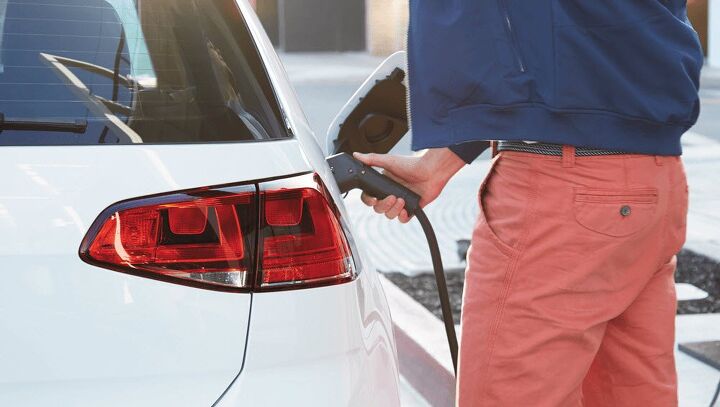















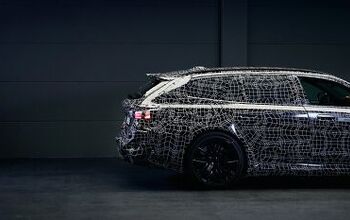
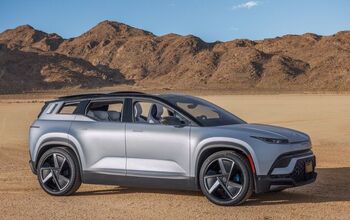
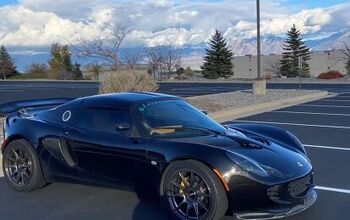
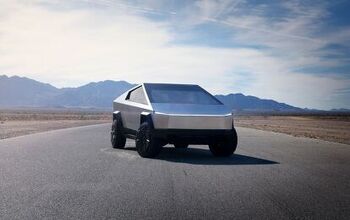
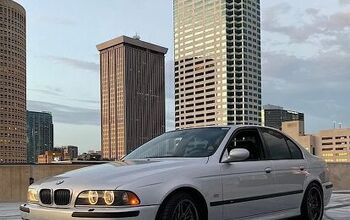
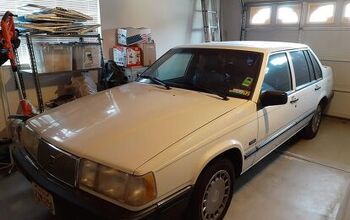
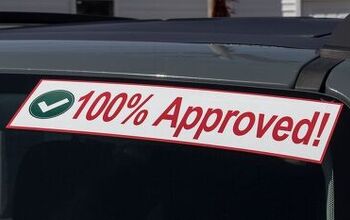
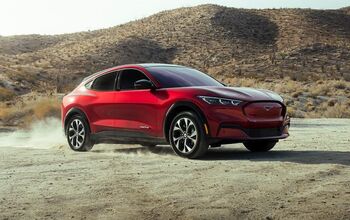
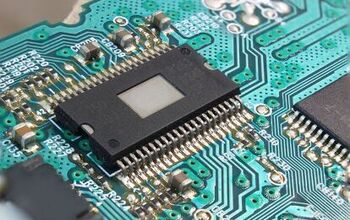
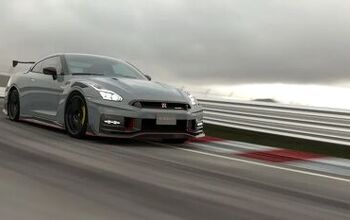
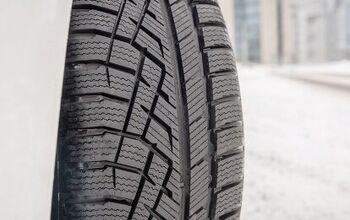

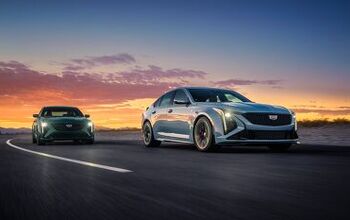
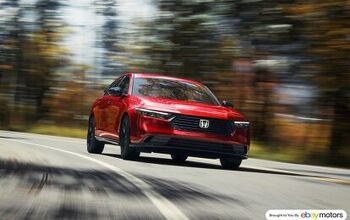
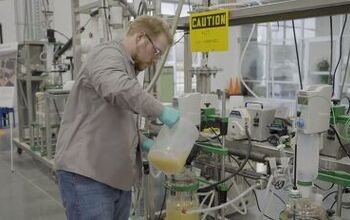
Comments
Join the conversation
Again, there are 33.4 kWh of energy in a gallon or regular. How much of that energy is used in an internal combustion engine? Is there another way to get that energy -work- out of that gallon than an ICE? After all, a Tesla 85 kWh battery holds less than three gallons worth of gasoline energy. find a better way to put that energy in a gallon of regular to work, and you won't need batteries, or power plants burning coal or natgas to charge them.
I've been saying this for YEARS and always got poo-pooed for being some kind of anti-environment cynic... and lo-and-behold, I'M RIGHT. Go figure.